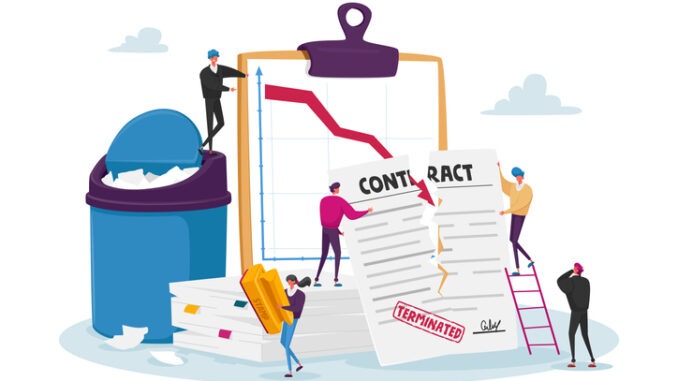
It’s important that an employer uses a fair and reasonable procedure to decide whether to dismiss someone. The guidance below will help in this
CREDIT: This is an edited version of an article that originally appeared on acas
A dismissal is when an employer ends an employee’s contract; ‘being fired’ usually has the same meaning. It’s important that an employer uses a fair and reasonable procedure to decide whether to dismiss someone. Before an employer dismisses an employee, they should:
- believe they have a valid reason for dismissing them;
- follow a full and fair procedure, usually in line with the ACAS Code of Practice on disciplinary and grievance procedures;
- make a decision that’s balanced, consistent and as fair as possible.
The procedure an employer follows will be taken into account if an employee goes on to claim unfair dismissal and the case reaches an employment tribunal.
Giving the reasons for dismissal
If an employer dismisses an employee, they must tell the employee:
- why they’ve been dismissed;
- when their employment contract will end;
- their notice period, if there is one;
- their right to appeal the decision.
It’s a good idea to put it in writing.
When an employer must put the reasons in writing
An employer must put the reasons in writing for an employee who’s pregnant or on maternity leave, regardless of how long they’ve been employed. Other employees have the right to ask their employer for a written statement giving the reasons for their dismissal if they have:
- ’employee’ employment status;
- been employed for 2 years.
If an employee asks, their employer must give them the reasons, in writing, within 14 days.
If an employee believes the dismissal is unfair
If the employer does not follow a fair and reasonable procedure the employee might be able to make a claim for unfair dismissal, even if the reason for dismissal was valid.
Telling other people at work
Employers should respect the confidentiality of the person who’s been dismissed – for example, when they tell colleagues and clients that the employee has left. Any outcome of a disciplinary procedure must remain confidential.
Settlement agreements
A settlement agreement is sometimes used when an employer and employee agree to end their employment relationship because they both agree it’s no longer working. This can include some dismissal situations. If you’re thinking about using a settlement agreement, you should get legal advice.


Be the first to comment